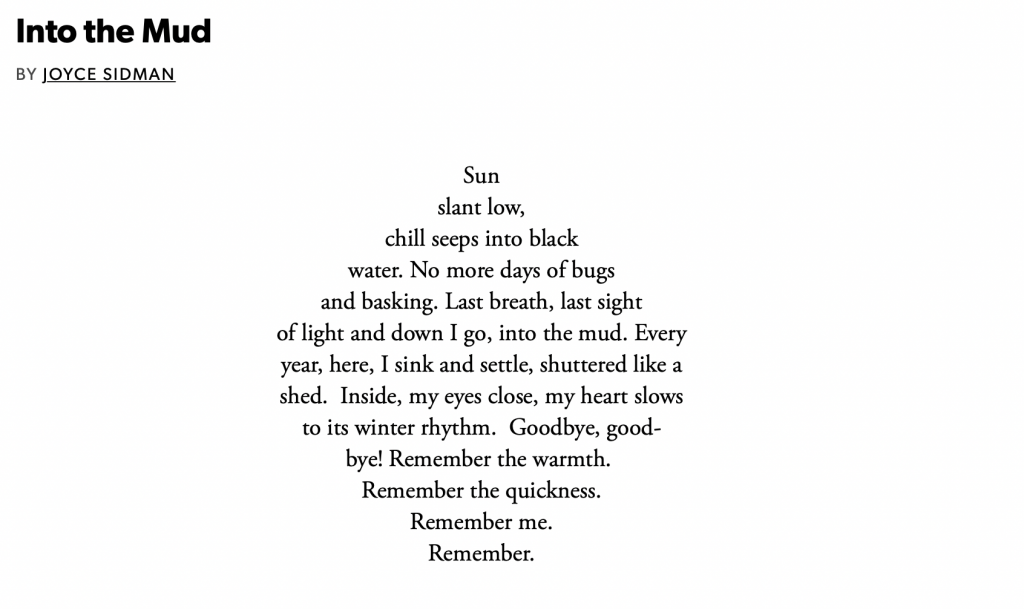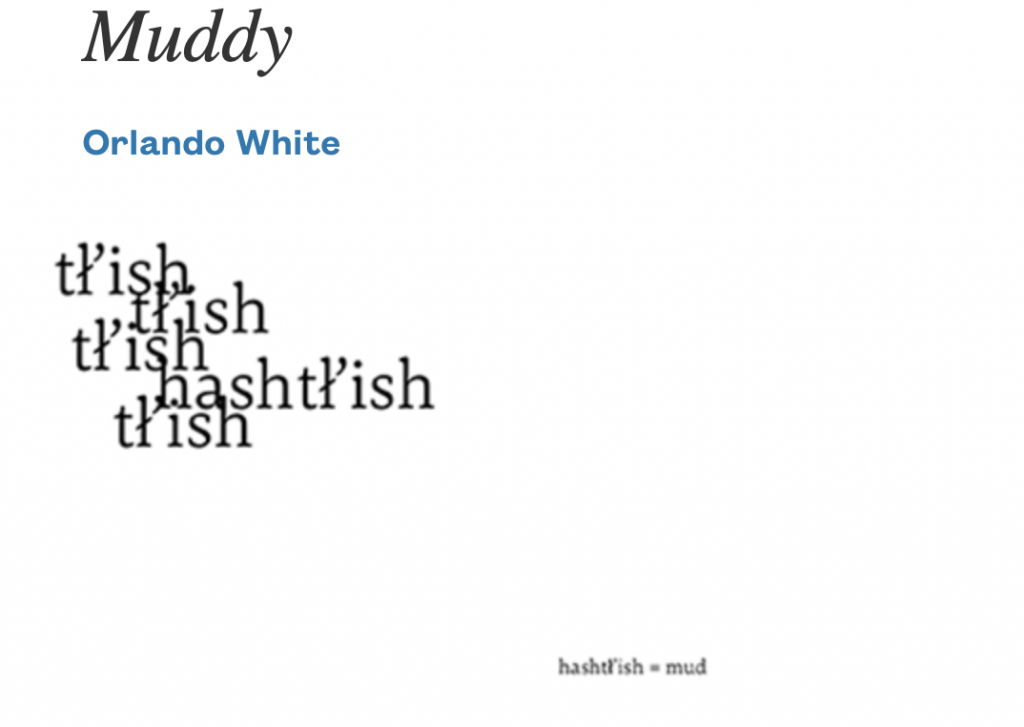4.3 miles
minnehaha falls and back
39 degrees
Ran in the early afternoon. This morning it snowed. By the time I went out to the gorge, it had all melted. Ran south to the falls, listening to the birds. When I got there, I ran by the creek and the statue of Minnehaha and Hiawatha. The creek was high. Not rumbling over rocks, making its way to the falls, but flowing and oozing and spreading across the grass. Noticed an adult taking video of some kid near a bench. A thought flashed: watch out (the kid was fine). Then I heard the falls, roaring. Wow. I glanced at them but I don’t remember how they looked, just how they sounded. Too small of a falls to be deafening, but much more than rushing or gushing.
before the run
Day 2 on dirt. Uh oh. I can feel myself becoming overwhelmed with ideas and directions. This morning I learned about humus (and remembered reading about it in a poem recently that I can’t seem to find right now…where was it? something about a few feet or 2 feet of humus?). Thought about soil and gardening and things decomposing and recycling. Started with a re-reading of a poem I found the other day:
Dear dirt, I am sorry I slighted you,
I thought that you were only the background
for the leading characters—the plants
and animals and human animals.
It’s as if I had loved only the stars
and not the sky which gave them space
in which to shine. Subtle, various,
sensitive, you are the skin of our terrain,
you’re our democracy. When I understood
I had never honored you as a living
equal, I was ashamed of myself,
as if I had not recognized
a character who looked so different from me,
but now I can see us all, made of the
same basic materials—
cousins of that first exploding from nothing—
in our intricate equation together. O dirt,
help us find ways to serve your life,
you who have brought us forth, and fed us,
and who at the end will take us in
and rotate with us, and wobble, and orbit.
Love this line:
It’s as if I had loved only the stars
and not the sky which gave them space
in which to shine.
And the idea of dirt as the skin of our terrain, made of the same basic materials — our democracy, taking us in at the end and rotating wobbling orbiting with us.
After reading this poem, I decided to look up “dirt” in the Emily Dickinson lexicon.
dirt, n. [ME.]
Earth; mud; soil; humus; ground; [fig.] grave.
Emily Dickinson lexicon
Remembered reading humus in some poem (will I ever remember where) and decided to dig (ugh) into it some more:
ˈhyü-məs
geology : a brown or black complex variable material resulting from partial decomposition of plant or animal matter and forming the organic (see ORGANICentry 1 sense 1a(2)) portion of soil
Merriam-Webster dictionary
Then I found an article by Lulu Miller for Guernica:
Traditionally, humus was believed to be the dark matter left behind in soil after all organic material — leaf litter, dead bugs, acorns, etc. — had finished decomposing. It was thought of as a shadow of life. A liminal layer, whose betweenness gave it great power. Its molecules were of no interest to microbes or rock eaters, and thus could remain stable for centuries. Gardeners spoke of humus with reverence. Soil rich in humus was healthy soil; it held water and air and prevented the leaching of nutrients. It was a site of transfiguration, where inhabitant became architecture, where the ground beneath your feet remained, in some defiance of Chaos, the ground beneath your feet.
How exactly does humus evade the unforgiving forces of decay? That’s when jargon tends to roll in. Scientists speak of “humification,” “humic acid,” “humin.” They reference the pH levels of humus, its negative electrical charge. Hold tight, though, through the glazing of your eyes, and you might hear a tremble in an expert’s breath. Play the jargon backward, at double speed, and you might hear the word “ALCHEMY.”The catch, as scientists Johannes Lehmann and Markus Kleber argued in a study published in Nature, is that humus doesn’t exist. The molecules that comprise it are more like, as Lehmann puts it, “a smoothie.” A blend of various microorganisms, their bodies and residues becoming so small — so like molecular dust — that even hungry microbes can’t easily find them. There is nothing so numinous about humus. Its strength comes from the diminutive, in molecules that go unnoticed.
Humus / Lulu Miller
…which led me to a podcast I’m hoping to listen to soon with one of the scientists Miller mentions in this essay: Dr. Johannes Lehman – Soil Humus | In Search of Soil #12
Another search yielded this great essay on The Fat of the Land blog about humus. When I read this passage, I instantly thought of an interview I had just read with Alice Oswald.
First, from The Fat of the Land:
Soil is slow but never still. Its myriad processes never start or finish, they renew. Like the ocean, its movement is fluid. Indeed, the same forces that influence the ocean’s tides pull at the water table, mimicking that briny ebb and flow the way a sloth mimics a monkey.
humus / The Fat of the Land
Then what Oswald says:
What is the I of a landscape? It’s always water. Everything being tidal — fields and woods. Ebb and flow/ up and down. Everything as a tide, even the seasons, watching the leaves coming onto the trees, day by day, like a tide.
The thinking part of a landscape is the way the water levels are changing
Also in The Fat of the Land post, she describes the differences between dirt and soil:
Dirt is what gets on your hands in the garden, what splashes onto the sides of the car or tracks into the house on your shoes. Soil is a dance: lifeless minerals animated by electrostatic reactions, architectural aggregates constructed by chemical and biological bonds, microorganisms and invertebrates endlessly consuming and converting plant residue into nutrient-rich organic matter, a million miles of tiny root hairs tunneling and conversing by exchange with the forum of particles that surrounds them. One fingernail-full of soil is more complex than Shakespeare’s entire canon, and its poetry is just as striking.
This distinction between dirt and soil made here reminds me of something else I stumbled across as I tunneled through rabbit hole after rabbit hole: dirty nature writing:
…a genre of fiction called “dirty nature writing,” a term coined by Huebert and fellow writer Tom Cull in the New Quartely, a Canadian literary journal. Nature writing, popularized by authors such as David Thoreau, refers to works that focus on the natural environment. This genre includes essays of solitude, natural history essays and travel/adventure writing.
“Nature writing traditionally imagines nature as this pristine thing … that exists outside of us and outside of human impact,” says Huebert.
Alternatively, dirty nature writing acknowledges the messiness of nature today, explains Huebert. “To think of nature as something separate from human nature isactually problematic in a lot of ways”, he says. “I try to confront nature in its contaminated state honestly and openly, [and] not believe in a false binary between nature and human existence.”
‘Dirty Nature Writing’: Your New Favorite Genre?
Often (as much as possible) present in my thinking and writing about dirt or soil or the gorge or water or “nature,” is the awareness of the messy, complicated, entangled relationships that exist between the natural world and humans.
At some point during a search, I found a link describing the difference between compost and humus:
Humus is the end result of the decompositions process, whereas compost is a word that identifies a phase of the decomposition process where decomposing plant material provides the most benefit to the soil.
Humus vs. Compost: What’s the difference?
The article continues by describing the differences between organic material (dead animal/plant materials that are in an active stage of decomposition) and organic matter (final, fibrous, stable material left after organic material has completely decomposed — humus). Then it offers this image of bones/skeleton:
Organic matter has been broken down so completely that it cannot release any more nutrients into the soil, so its only function is to help maintain a spongey, porous soil structure.
Organic matter is essentially the bones of organic material. Once the meat has been completely broken down and absorbed into the soil, all that remains is a skeleton.
Humus vs. Compost: What’s the difference?
And suddenly, I remembered a poem that I posted a few years ago that I’d like put beside these discussions of decomposition as organic material breaking down. This poem fits with my discussion yesterday, adding flies and maggots to the list of beautiful creatures:
and remote, and useful,
if only to itself. Take the fly, angel
of the ordinary house, laying its bright
eggs on the trash, pressing each jewel out
delicately along a crust of buttered toast.
Bagged, the whole mess travels to the nearest
dump where other flies have gathered, singing
over stained newsprint and reeking
fruit. Rapt on air they execute an intricate
ballet above the clashing pirouettes
of heavy machinery. They hum with life.
While inside rumpled sacks pure white
maggots writhe and spiral from a rip,
a tear-shaped hole that drools and drips
a living froth onto the buried earth.
The warm days pass, gulls scree and pitch,
rats manage the crevices, feral cats abandon
their litters for a morsel of torn fur, stranded
dogs roam open fields, sniff the fragrant edges,
a tossed lacework of bones and shredded flesh.
And the maggots tumble at the center, ripening,
husks membrane-thin, embryos darkening
and shifting within, wings curled and wet,
the open air pungent and ready to receive them
in their fecund iridescence. And so, of our homely hosts,
a bag of jewels is born again into the world. Come, lost
children of the sun-drenched kitchen, your parents
soundly sleep along the windowsill, content,
wings at rest, nestled in against the warm glass.
Everywhere the good life oozes from the useless
waste we make when we create—our streets teem
with human young, rafts of pigeons streaming
over the squirrel-burdened trees. If there is
a purpose, maybe there are too many of us
to see it, though we can, from a distance,
hear the dull thrum of generation’s industry,
feel its fleshly wheel churn the fire inside us, pushing
the world forward toward its ragged edge, rushing
like a swollen river into multitude and rank disorder.
Such abundance. We are gorged, engorging, and gorgeous.
during the run
I have a vague feeling that I thought about soil and humus and decomposing leaves the trail, but I don’t remember any specific thoughts. When I reached the falls, I put in my headphones and listened to the podcast about humus that I mentioned earlier. I enjoyed listening to it as I ran, but I kept getting distracted, which is not unusual for me with science stuff. I’ll have to try listening to it again.
after the run
Finishing up this entry, about 6 hours after my run, I’m returning to the worms and the maggots and the flies and wanting to understood more about the “dance” (that The Fat of the Land blog mentions, cited above) and how it happens.
“Soil is a dance”:
- lifeless minerals animated by electrostatic reactions
- architectural aggregates constructed by chemical and biological bonds
- microorganisms and invertebrates endlessly consuming and converting plant residue into nutrient-rich organic matter
- a million miles of tiny root hairs tunneling and conversing by exchange with the forum of particles that surrounds them
I’m finding poetry about the invertebrates. Can I find some about the other parts?

